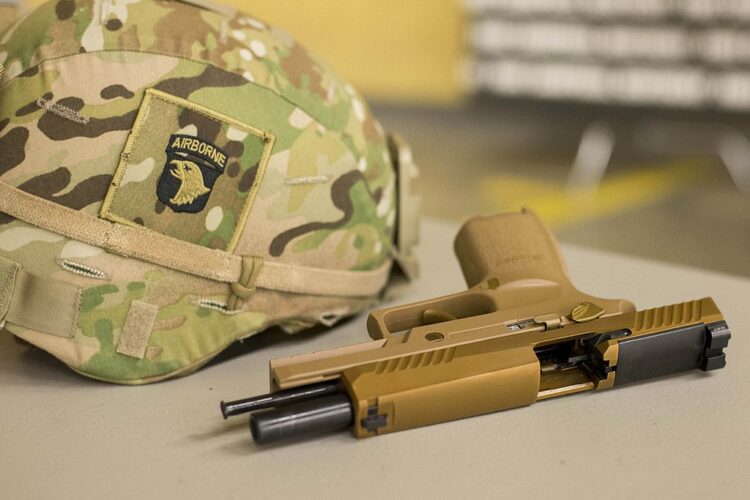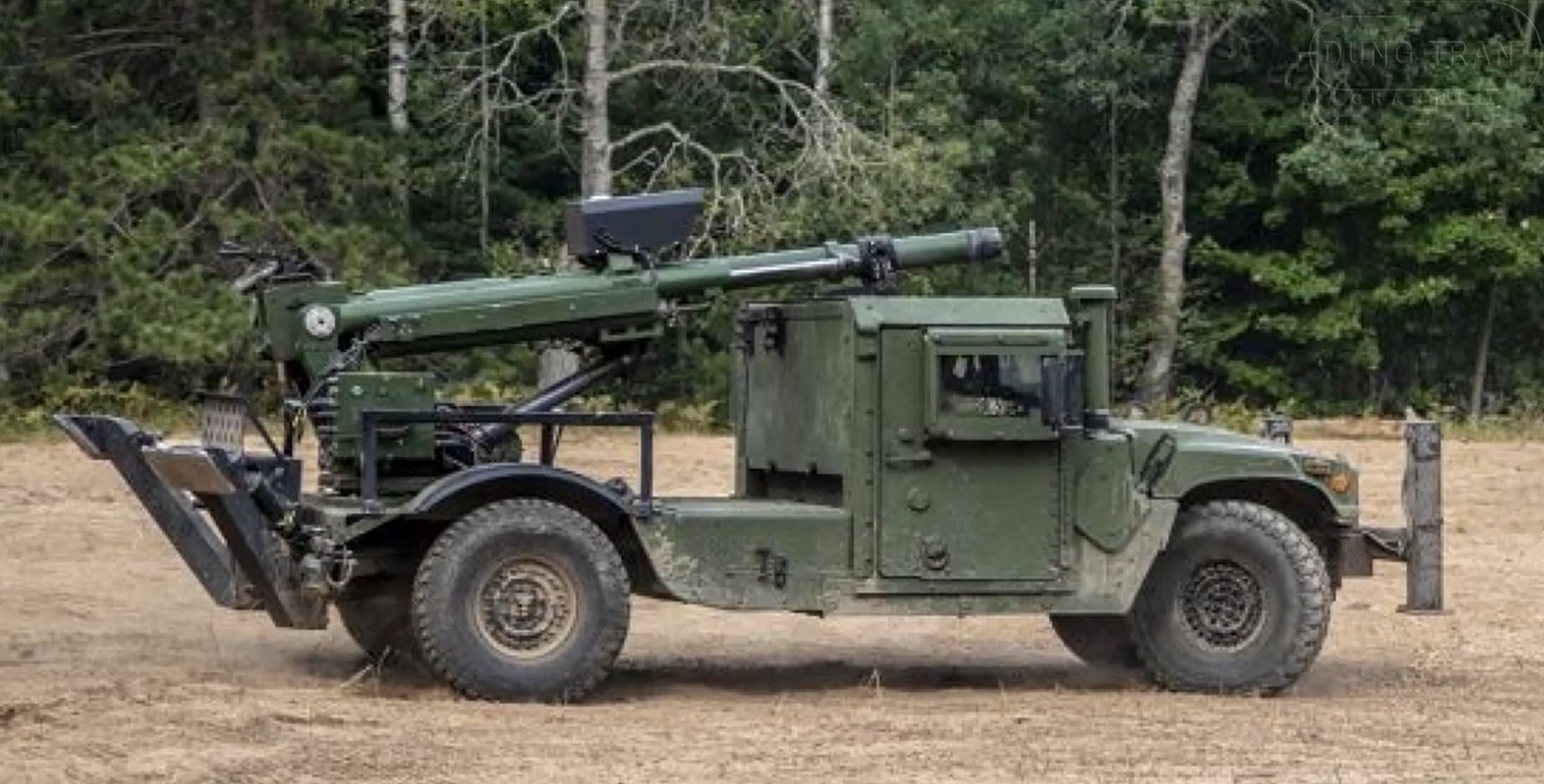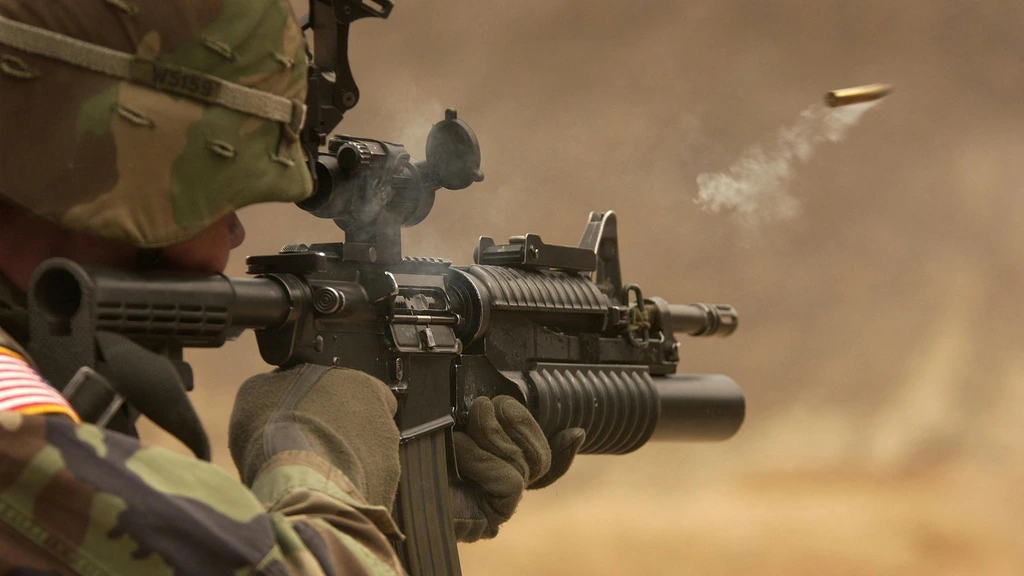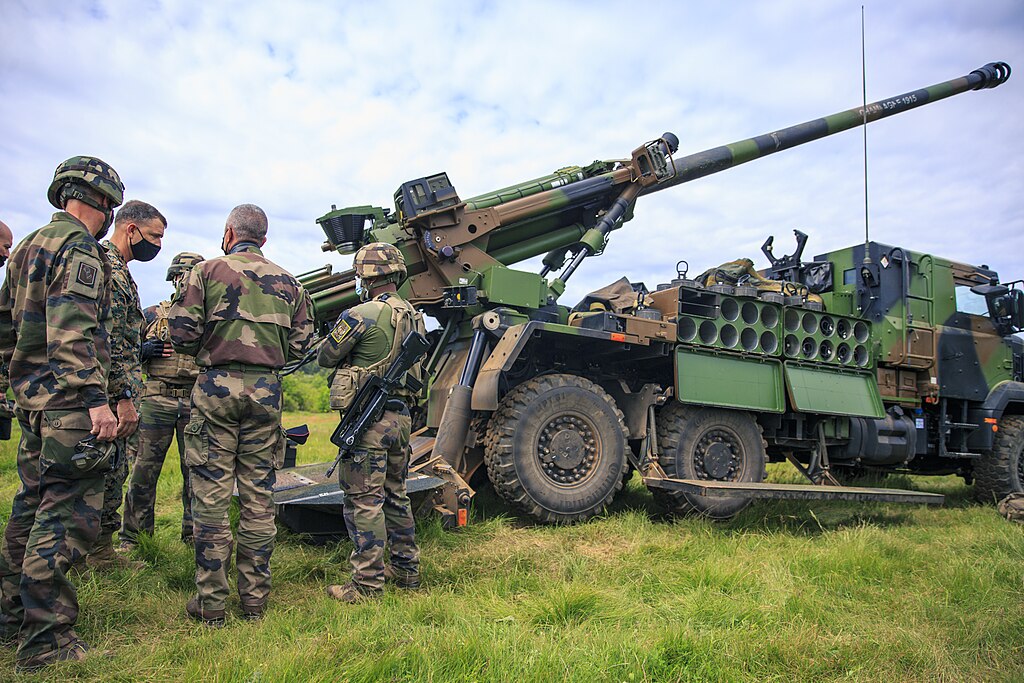The M17: US Army Standard-Issue Handgun
Introduction
The M17 pistol, officially known as the Sig Sauer M17 Modular Handgun System (MHS), is the standard-issue sidearm of the United States Army. It was first adopted in 2017 as a replacement for the Beretta M9, which had been in service for over 30 years. The M17 is a semi-automatic, striker-fired pistol that provides improved performance, modularity, and ergonomics for soldiers on the battlefield.
Features and Design
The M17 is based on the Sig Sauer P320 platform, which was selected through the Army’s Modular Handgun System competition. It features a polymer frame, a stainless steel slide, and a striker-fired operating system. The pistol is chambered in 9x19mm Parabellum and has a magazine capacity of 17 rounds.
One of the key features of the M17 is its modularity. The pistol can be easily disassembled and reconfigured to suit different mission requirements. The grip modules, slide assemblies, and magazines can be swapped out without the need for specialized tools, allowing soldiers to customize the handgun for optimal performance.
In terms of ergonomics, the M17 is designed to provide a comfortable and intuitive shooting experience. It has a textured grip with interchangeable backstraps to accommodate different hand sizes. The pistol also features ambidextrous slide stop and magazine release controls, making it suitable for both right and left-handed shooters.
Performance and Reliability
The M17 has been praised for its exceptional performance and reliability. It has undergone extensive testing under various environmental conditions to ensure its effectiveness in combat. The pistol has demonstrated high accuracy, minimal recoil, and a smooth trigger pull, allowing soldiers to engage targets accurately and effectively.
Furthermore, the M17 has proven to be highly reliable, even in adverse conditions. It has been tested to withstand extreme temperatures, dust, sand, and water immersion. The pistol’s durable construction and stringent quality control measures ensure that it will perform reliably in the harshest environments.
Accessories and Upgrades
The M17 can be equipped with a variety of accessories and upgrades to enhance its capabilities. It features an integral Picatinny rail for attaching accessories such as weapon lights or lasers. The pistol also supports the use of suppressors, allowing for stealthy operations.
In addition, the M17 can be modified with aftermarket sights, triggers, and other performance-enhancing components. These upgrades can further improve the pistol’s accuracy, ergonomics, and overall shooting experience for the user.
Training and Transition
The transition from the Beretta M9 to the M17 required extensive training for Army personnel. To facilitate this transition, the Army implemented a comprehensive training program that covers the operation, maintenance, and marksmanship of the M17. The training program ensures that soldiers are proficient in the use of the new handgun before they are deployed in the field.
Conclusion
The M17 has proven to be a worthy successor to the Beretta M9 as the standard-issue handgun of the US Army. Its modularity, performance, and reliability make it a versatile and effective sidearm for soldiers on the battlefield. With its adaptable design and compatibility with a wide range of accessories and upgrades, the M17 is a handgun that can meet the evolving needs of the modern military.









